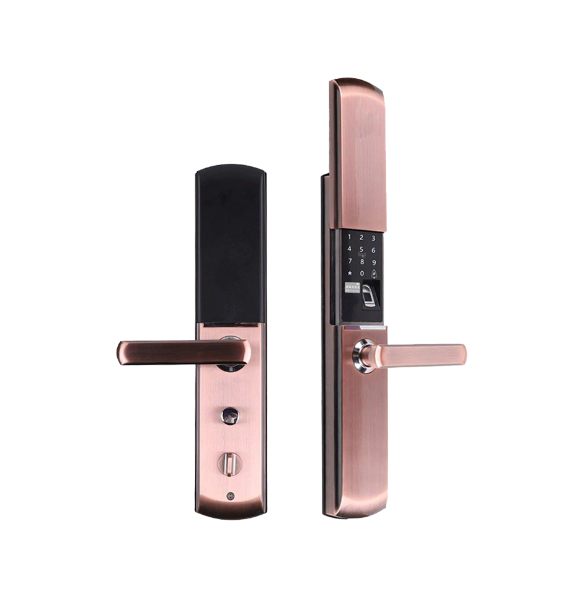Homeowners increasingly turn to digital keypad door lock systems as a dependable method for managing access. These locks eliminate the need for physical keys, allowing users to enter their properties with a code. This simple approach helps prevent the inconvenience of lost or misplaced keys while offering better control over who can enter.
A digital keypad door lock typically includes a touch-sensitive interface or a set of numbered buttons. Users create access codes that can be easily modified or deleted, which becomes useful when granting temporary entry to guests or service personnel. Unlike traditional locks, which often require changing an entire cylinder, code updates can be done within seconds.
Many of these locks feature auto-lock functions and low-battery indicators. When combined with manual override keys, they offer balanced reliability. Homeowners may also appreciate backlit keypads, especially in dim lighting, improving ease of use during the evening or early morning hours.
Installation is usually straightforward, especially for standard door thicknesses. Some models operate using batteries, reducing dependency on hardwiring. Battery compartments are often accessible from inside the door, allowing for simple replacements without removing the unit.
The digital keypad door lock serves not just as a barrier but as an organized method of managing household entry. Parents can assign specific codes to children and monitor their use. Short-term codes may be generated for delivery personnel or cleaners, expiring after use.
Whether applied to front entrances, interior office doors, or rental properties, these locks offer consistent performance. Their growing adoption suggests a continued shift away from mechanical locking methods toward digital control.

